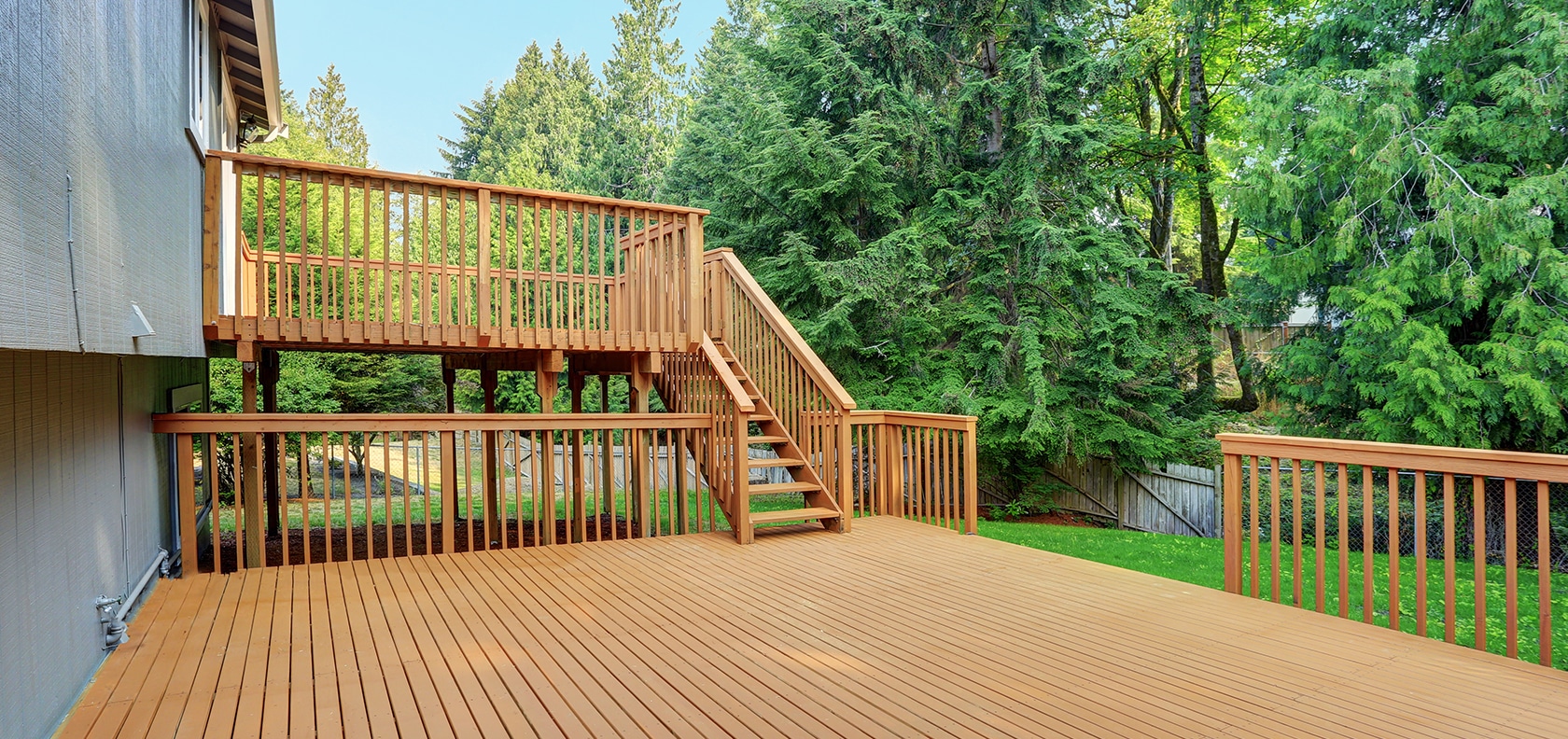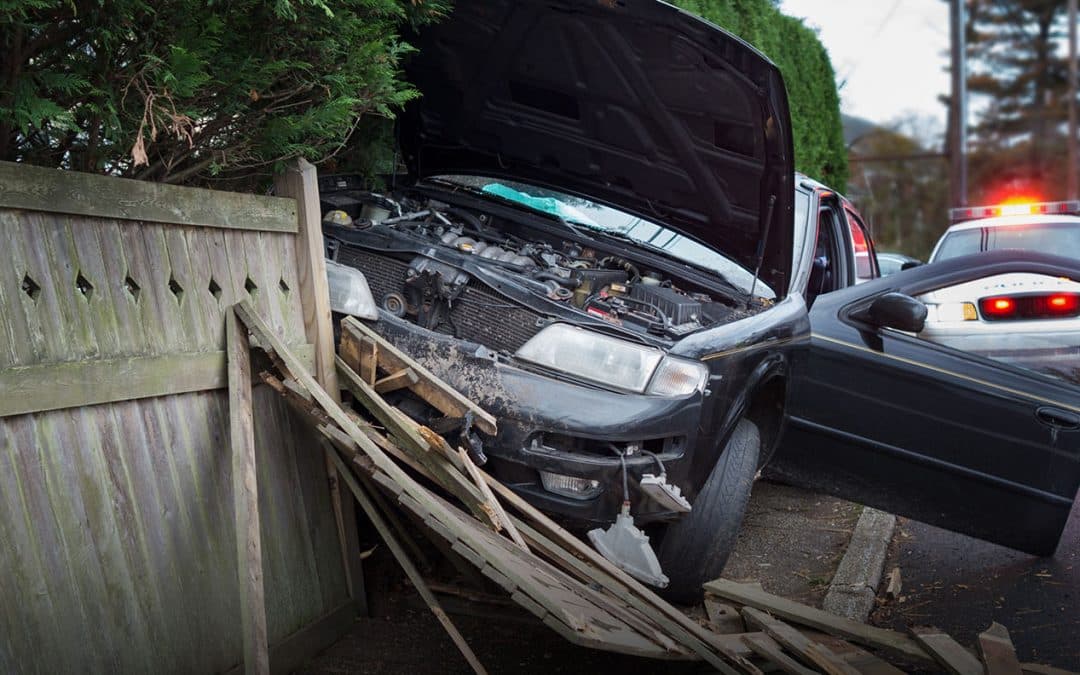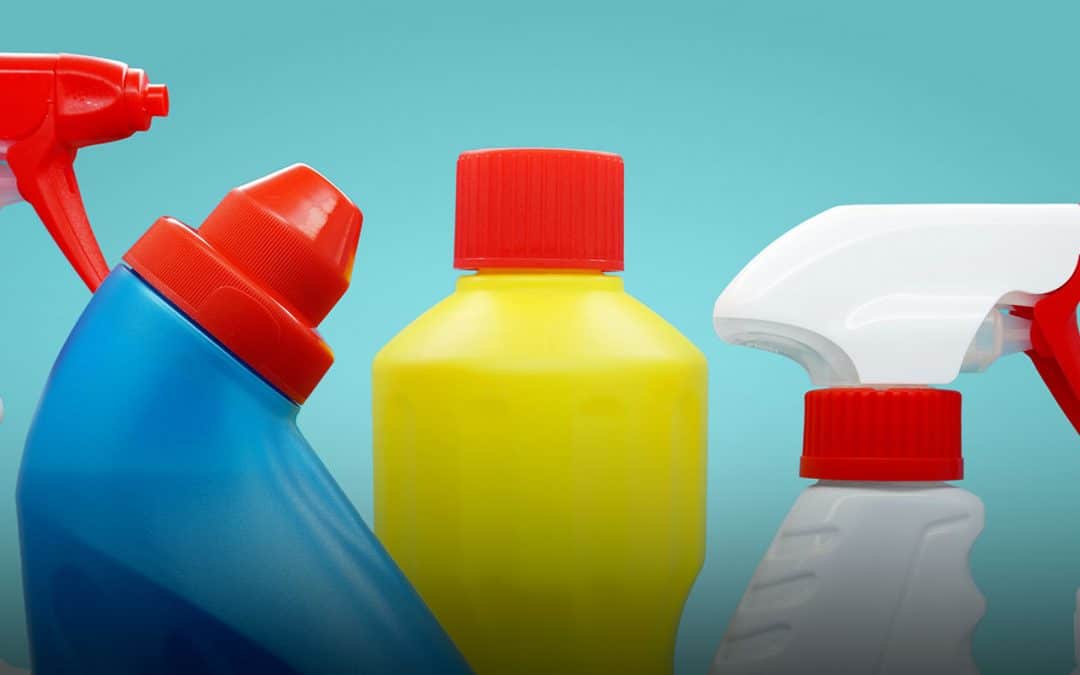Warmer months mean there is more time to relax on your home’s deck. You’ll probably even have family and friends over for cookouts. But before you do either, there are several things you should do each year to ensure that your deck is safe.
The Consumer Product Safety Commission (CPSC) estimated there were almost 3,000 deck-related injuries from 2016 to 2019. Those injuries were tied to the collapse of decks, porches, or balconies.
Signs Your Deck Needs Repairs
Regardless of how much you use it, checking for the following hazards annually will help you assess whether you need to rebuild your deck:
- Discoloration: Harsh winter weather, using various cleaning products, or even spilling things like cooking oil, can cause discoloration to your deck. All these factors can cause corrosion over time and lead to structural damage.
- Instability of railings and deck posts: Loose railings, shaky stairs, and missing posts pose extreme safety hazards that could cause serious injuries.
- Rotted wood: Soft spots and spongy areas are signs of rotting, which can cause wood to fall apart and potentially lead to a deck collapse.
- Cracks and broken boards: Cracks can also weaken your deck, making it unsafe, but can also cause injuries like splinters and cuts.
- Rusty or missing nails, screws, and metal connectors: Over time, nails, screws, and connectors can rust. They can also loosen due to temperature changes. These all can affect the structural integrity of your deck.
- Water or mold damage: Decks that have water damage will most likely have mold, mildew, or rust formation. Repairs should be made to those areas by removing and replacing damaged boards.
Proper Deck Maintenance
While the average deck lasts 15-20 years, depending upon the materials used, the folks at This Old House recommend the following to keep your deck safely maintained, which is key to prolonging your decks lifespan and overall safety:
- Clean your deck at least once a year with a biodegradable wood deck cleaner
- Paint, seal, or stain your deck (after it’s cleaned) to preserve the wood
- Stay on top of repairs like fixing and replacing damaged boards, railings, posts, and metal hardware
- If any nails are sticking up, make sure to hammer the nail head down to prevent tripping hazards
- Utilize proper pesticides, baits, and barriers to keep wood-destroying insects away
What to Do When Building a New Deck
If you decide that your deck is beyond repair and is a safety hazard, there are a few things to do before building a new one:
- Check with your city or town to see if you need a building permit
- Contact your insurance company to avoid the risk of being underinsured
- If you are considering doing the work yourself, it would be better to find a licensed contractor to build the deck for safety reasons
- Once the deck is built, make sure it is inspected by someone certified by The American Society of Home Inspectors (ASHI)
According to This Old House, a properly maintained and built-to-code deck should hold 40 pounds per square foot. Keep this in mind when inviting guests over, and limit the number of people on your deck to avoid the risk of collapse.
If building a new deck seems overwhelming, MAPFRE customers can find a reputable contractor through the Select Home Restoration ProgramSM. Sedgwick matches you with one of 2,000 certified local, regional, and national contractors, monitors the project for quality and timeliness throughout the process, and guarantees the work for 5 years.
Does Homeowners Insurance Cover a Collapsed Deck?
If the unthinkable happens and your deck collapses, you might be wondering if you are covered by your homeowners insurance.
A standard homeowner’s policy with MAPFRE Insurance will usually cover losses should certain events like a major fire, windstorm, or heavy snow damage your home’s interior or exterior. If your deck is attached to your house, then it is likely covered by the Dwellings or Other Structures portions of your MAPFRE policy.
- Dwelling Coverage: This coverage is part of your homeowner’s insurance policy, and it may help pay for the repair of the physical structure if your deck is attached to your home and is damaged by a covered peril
- Other Structures: If you have a free-standing or detached deck that is damaged because of a covered peril, this coverage will help to pay for repair or replacement of structures other than your home. This would also include other structures on your property such as fences or sheds.
Things typically not covered by your policy would be general wear and tear, damage from lack of maintenance, and damage caused by remodeling your home.
For extra protection, you might want to consider adding Umbrella Insurance to your MAPFRE homeowner’s policy. Having Umbrella Insurance with MAPFRE gives you that extra layer of coverage if you, your spouse, or your dependents living at home become responsible for damages that exceed the liability limits of your homeowners or auto policy. It can also protect you in the event the licensed contractor that you hire to build your deck gets hurt on the job.
Make sure you have the right insurance coverage for your home with MAPFRE by talking to an independent agent in your state. If you’re not yet insured with us, you can always get a fast, free home insurance quote online in Massachusetts today to see how much you could save!



